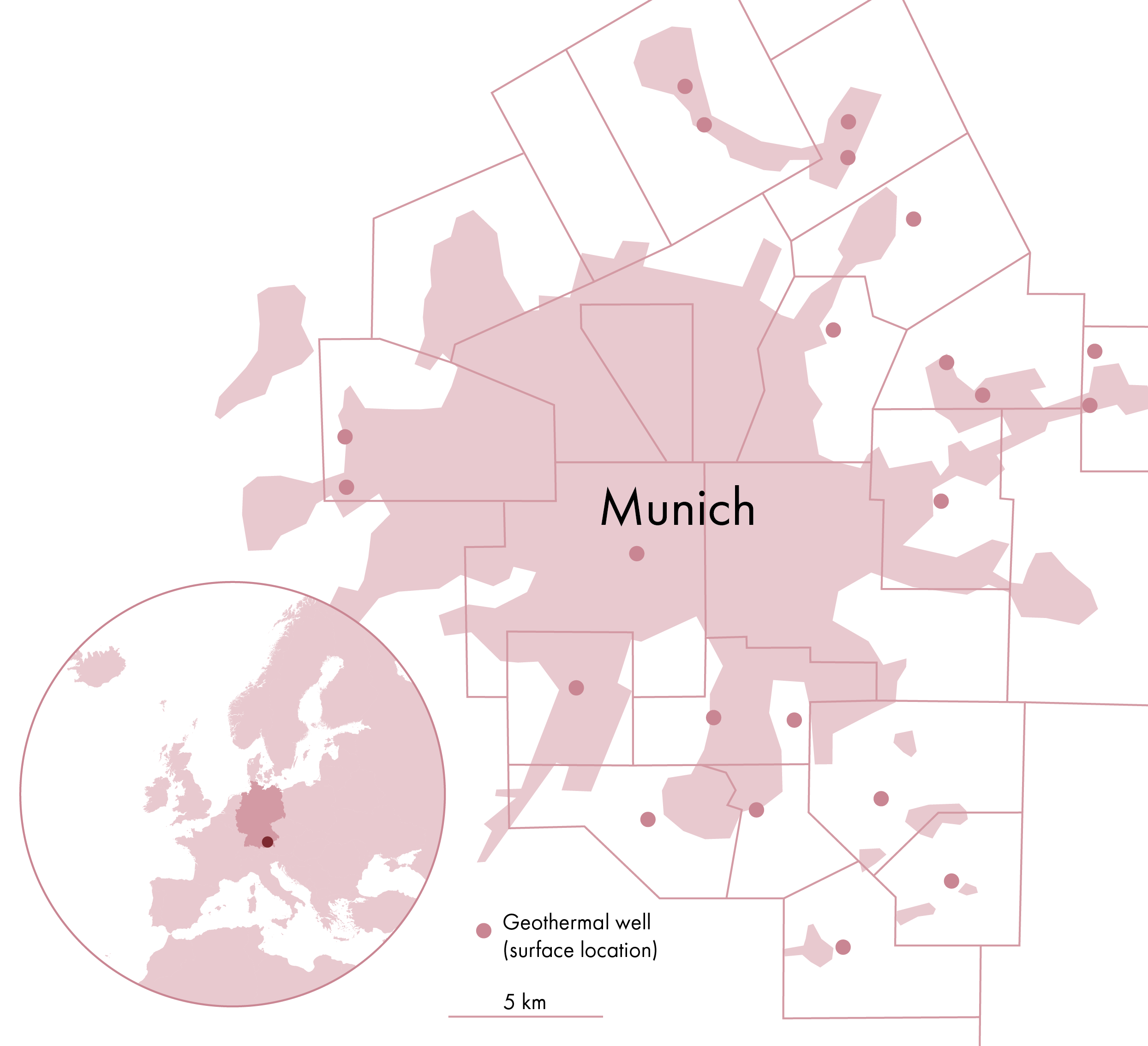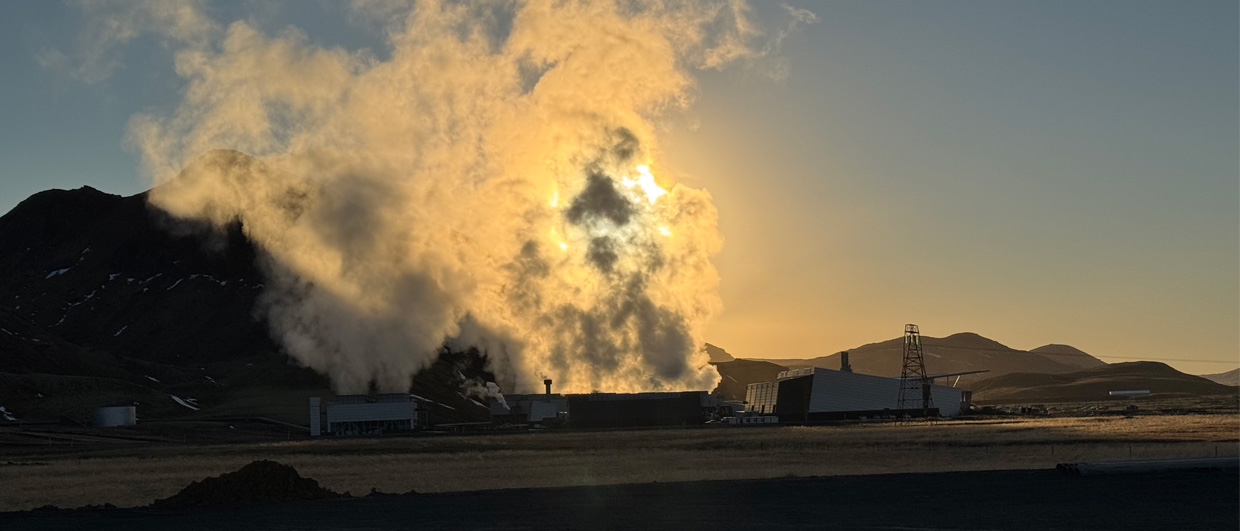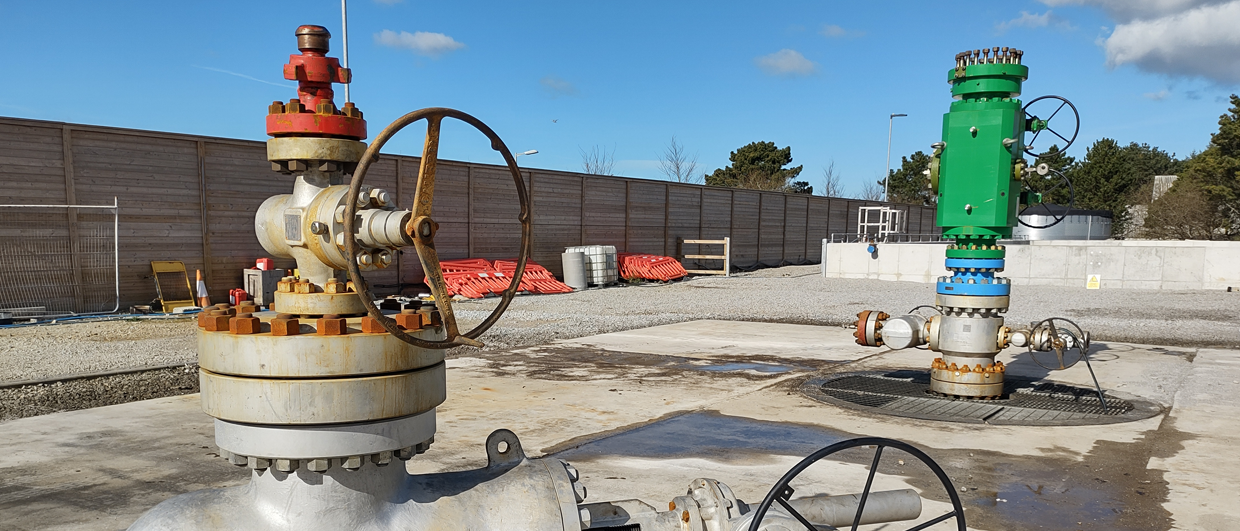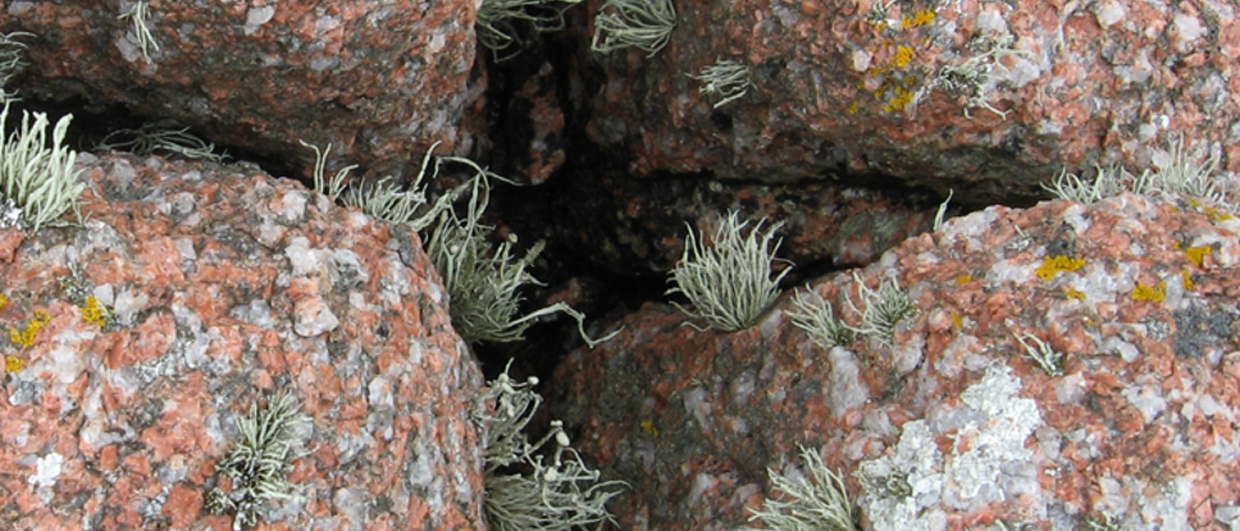The energy transition is about pipe, lots of pipe. Where gas can be transported across the globe, geothermal energy, especially the low-temperature version of it that is mainly used for heating purposes, has to be consumed where it is produced. That is already happening in the city of Munich in Southern Germany, as we recently wrote.
But as the Suddeutsche Zeitung published recently, due to the number of existing projects within the city limits, operators are now also looking further into the city’s periphery to tap into the geothermal reservoirs there and bring it into the city center using pipelines. Or, as was mentioned in the same article, to drill extended-reach boreholes to effectively do the same.

Next level
It is a clear example of how geothermal energy production is going next level. At the moment, the city is dotted with individually operating geothermal projects that tend to compete with each other rather than collaborate. One of the goals of the so-called Giga-M project, initiated by Stadtwerke München, is to try and connect these networks into larger ones. This would present the system with much more contingency; when an ESP (Electric Submersible Pump) in one production well fails, neighbouring systems can make up for the loss of production when heating networks are connected to each other.
Extended reach drilling does not mean that horizontal wells will be drilled into the Upper Jurassic reservoir; production from the dolomitized carbonates is generally very good, also because of the karstification of the reservoir, which means that there is no need for horizontal producers.
But it is not only about connecting networks, it is also about producing geothermal energy from areas a little further away from the city than what is currently happening. The 17 projects that are currently active already have deviated wells in order for the producer and injector to reach the reservoir at a sufficient distance from each other, but extended reach drilling has not happened in the Munich area yet. However, in order to increase the desired production to 1 GW from the current 400 MW, it is no surprise that these solutions are now being put forward for the area.
The Giga-M project is therefore a good example of how clean energy production is maturing further, which comes with the need for operators to collaborate more and implement new drilling technologies at the same time in order to maximise the local geothermal resource.





